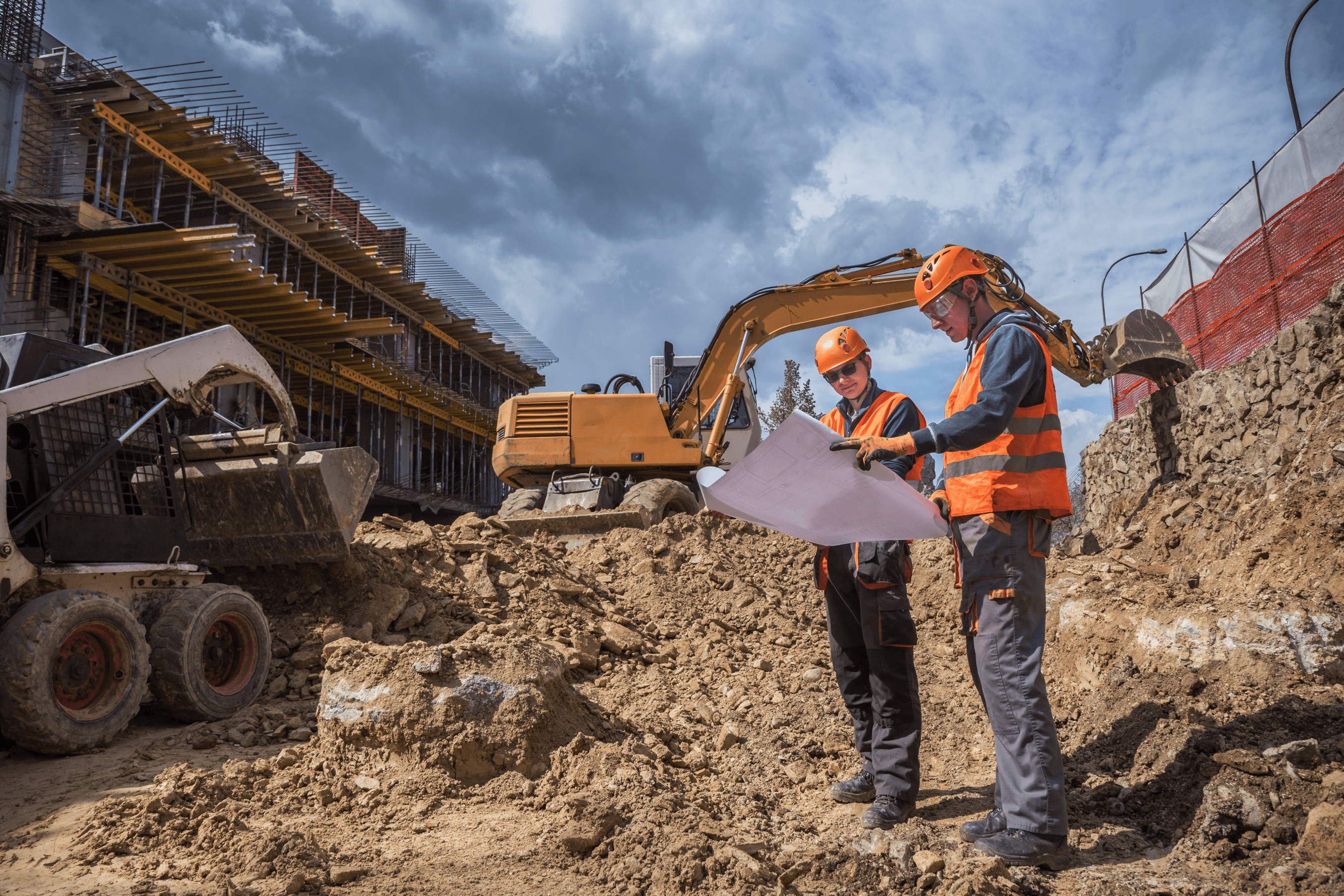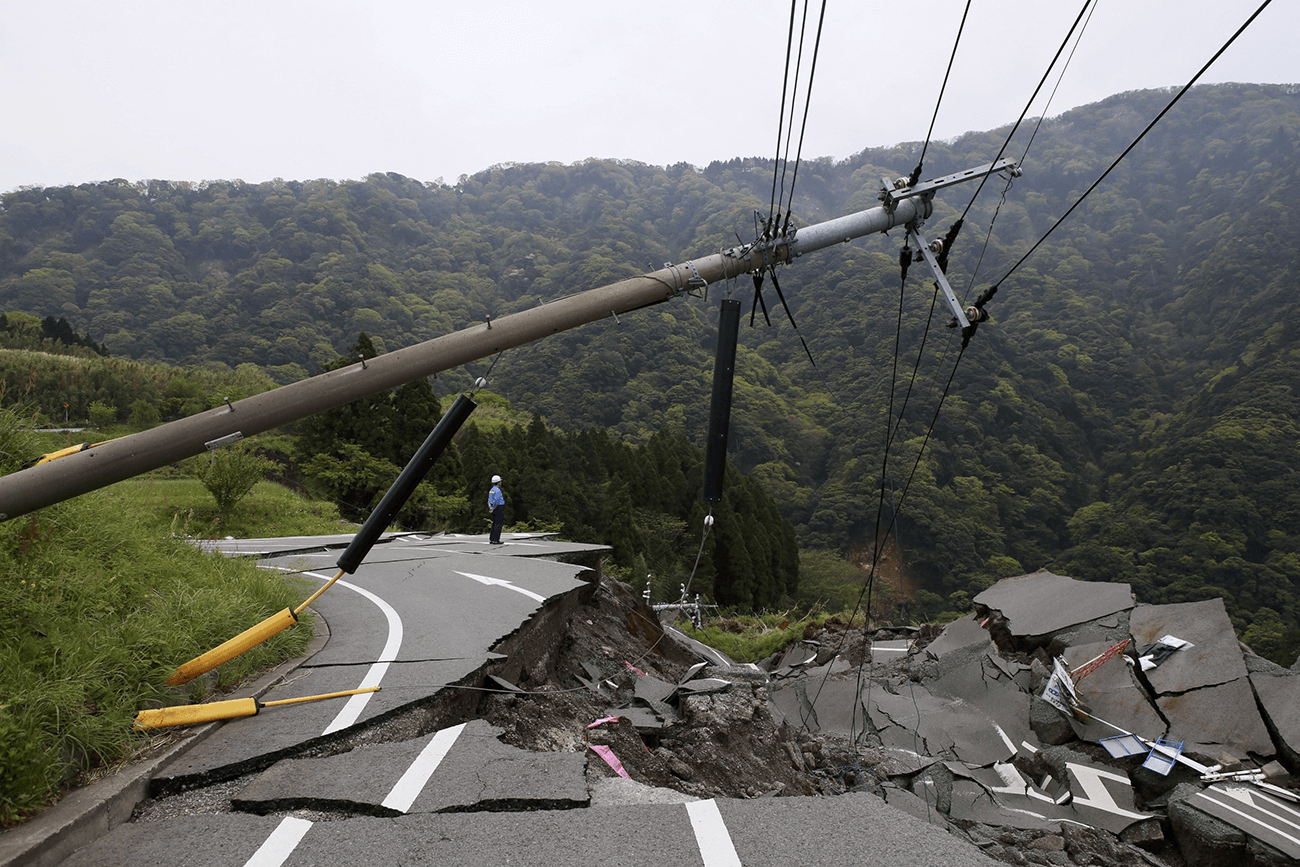First Published by Cambridge Centre for Smart Infrastructure and Construction – Visit the CSIC website
Our increasingly data-centric world brings opportunities to create a more resilient, resource-efficient and sustainable built environment. But in order to realise the benefits of insights delivered from big data, there needs to be greater attention paid to curation and management. Dr Sakthy Selvakumaran, co-founder of tech start-up and CSIC spin-out BKwai, and an Engineering Fellow based at the Civil Engineering Department at the University of Cambridge, sets out what’s at stake.
Global infrastructure in many countries is ageing and performing beyond its design life and intended capacity. Faced with the climate emergency and extreme weather events, the built and natural environment is under increasing strain and resilient infrastructure is needed to provide services on which society depends. Government targets for net zero requires the built environment sector to better understand the condition of existing assets and maintain them using minimal resources. The value of data has long been the focus of CSIC’s work which demonstrates the value of data as an engineering tool for better decisions to improve the performance of our infrastructure and embed low-carbon, low-waste outcomes into projects with the potential to transform industry practice.

Figure 1. From big data to better decisions – decreasing data volume, increasing data value. The overlay of this model onto physical infrastructure makes it smart. At the base is raw data and at the apex are decisions – the higher up, the more value the information; the lower down, the greater the volume of data. Information processing occurs within each layer and communication connects both the layers and the outside world. This figure was originally published in the paper ‘Smart Infrastructure: Getting more from strategic assets‘, CSIC and industry partners, June 2017
Sources of data
Data has never been so abundant or potentially valuable. The proliferation of new sensors and satellite technology has the potential to fuel a revolution in the way the built environment can be monitored. Data can be used to make smarter, safer, sustainable and efficient decisions across all aspects of the process – from planning to construction to operation and maintenance. In the built environment there are many and varied sources of data available in ever-increasing volumes and accessible forms. Data sources include sensors attached to structures, and embedded sensing systems – fibre optics installed in new structures and piles – which can help engineers to understand capacity over an asset’s lifetime and beyond. Data can also come from remote sensing, including satellite acquisitions, drone surveys and laser scanning as well as automated sensing systems, such as mixed reality solutions for construction progress monitoring.
“Data housework may not be exciting, but it is essential to optimising value – not just in the present but the future. Huge amounts of data are currently generated during construction and the operational management of assets, but typically looked at once to decide a threshold before being forgotten or archived never to be looked at again, often becoming obsolete in a form that can’t be easily accessed. Dr Sakthy Selvakumaran, co-founder BKwai”
Even data not intended for the built environment provide additional information – social media, geo-tagged photos and GPS from mobile phones can tell us about people and dynamic behaviours. The cost of sensors is dropping and free, full and open data policy by the European Space Agency (ESA) provides access to optical, radar, and other forms of satellite data that can help us track the dynamic behaviour of assets and the environment. In addition, there has been tremendous progress in spatial, spectral, temporal and radiometric resolution of data gathered by satellites providing an increasing volume of data to study structures on a global scale.
Opportunity of data abundance
The more tools an engineer has in their toolkit the better – built environment monitoring and measuring requirements come in all shapes and sizes depending on what is being measured and why. A multimodal approach makes use of the diversity of sources of data and combined, provides a better overall picture of an asset and its environment. Insights can support more informed asset decision making, reduce risk and enable proactive maintenance to assets in changing conditions brought by climate change.
The challenge of optimising data abundance
Access to more data does not deliver benefits immediately. Simply collecting data will not yield value – engineers and asset owners must make sense out of sensor data and understand how it can be used to gain insights to make smarter, safer, better decisions.
Here lies the challenge. Manual analysis of data by human operators is not efficient, except for very limited tasks, because the quantity of data is so vast and associated labour significant. The only feasible approach to enable data processing is large scale automation, fusing together remote sensing data analysis with domain understanding. This is particularly true when investigation is carried out on dynamic and extreme scenarios, such as monitoring the changing aspects of urban scenarios and the potential environmental risks and hazards to predict problems – which allows infrastructure owners to take action to improve the resilience of the assets they are responsible for. Combining machine learning and deep learning techniques with high performing computing enables the automatic processing of large amounts of data to assess infrastructure at scale and spot trends and changes in behaviours, such as ground displacement, across an area of interest.
Curating data for future use
While the possibilities of emerging digital tools and approaches including data science, machine learning and artificial intelligence are compelling, they will remain beyond reach unless our data are in order. Organisations collecting data can only extract full value from curated data – we must consider how we store, structure and clean data so that it is accessible beyond the lifetime of a single project and useful to future asset owners and operators. When paper drawings were an important point of reference the drawings were filed and archived to be retrieved later. Similarly, sensor data must be curated for future use as a resource to compare and contrast and inform modelling and design.
Data housework may not be exciting, but it is essential to optimising value – not just in the present but the future. Huge amounts of data are currently generated during construction and the operational management of assets, but typically looked at once to decide a threshold before being forgotten or archived never to be looked at again, often becoming obsolete in a form that can’t be easily accessed.
Valuing and managing data as an asset in itself is crucial. These curated building blocks form the foundations for big-data analysis, models, analytics and data mining which can provide insights to inform better decision making to support and improve the built environment systems and services on which we all depend.




